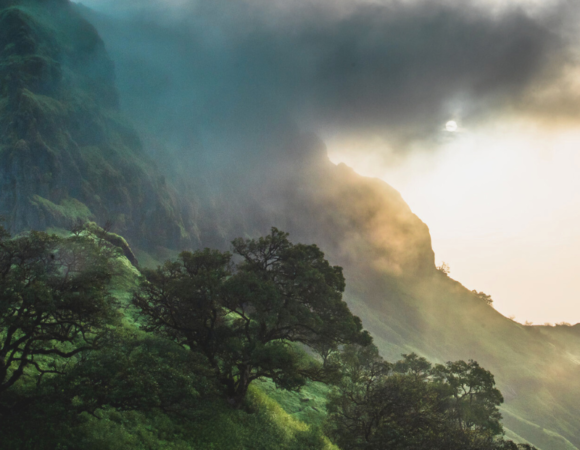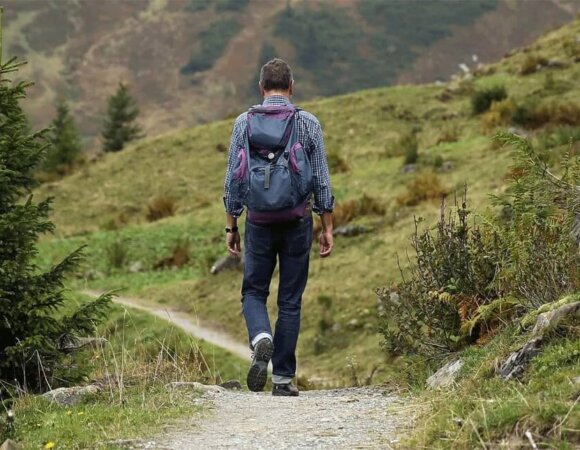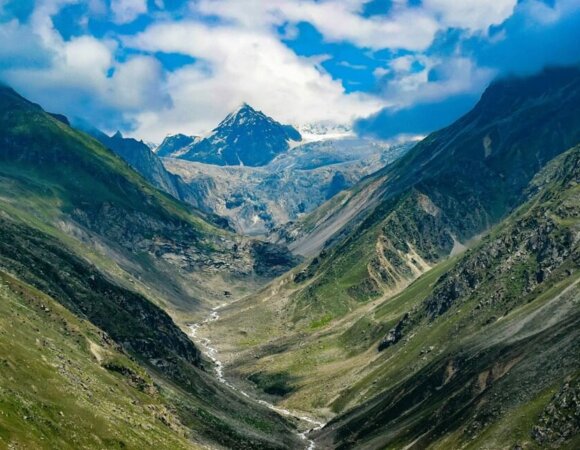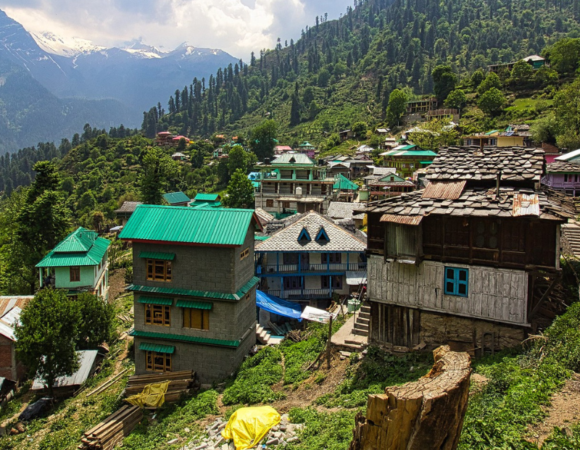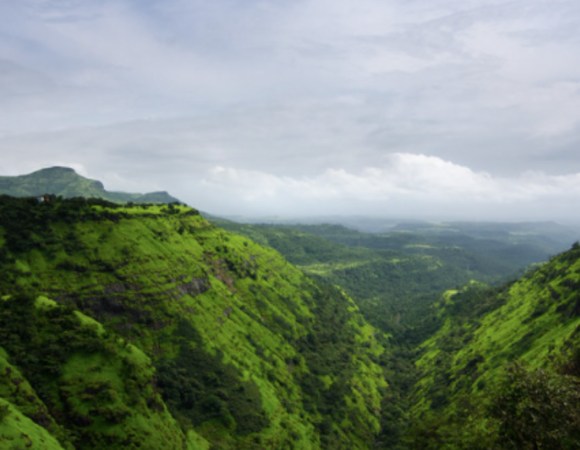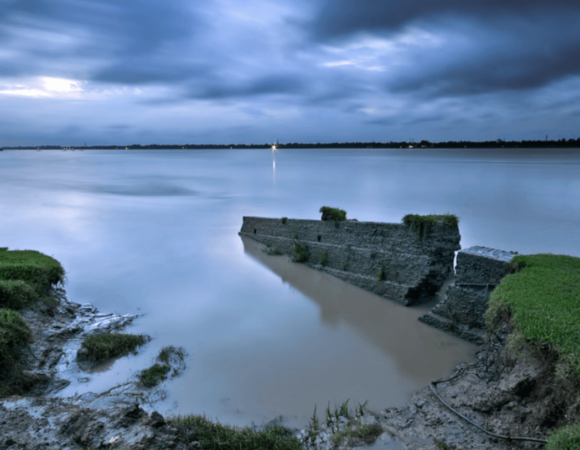Waichin Valley Trek Guide 2024: History, Season, How to Reach & Itinerary
Table of Contents
ToggleWaichin Valley is a beautiful place situated within the Indian state of Himachal Pradesh. It is renowned for its serenity and the landscapes of its surrounding areas. It is close to the town of Kasol and provides breathtaking views of streams, greenery, and snow-capped peaks. The valley is prevalent among hikers and devotees of nature for its peaceful hiking paths, camping sites, and birdwatching spots. With numerous temples and places for meditation dispersed throughout the locale, it is also well known for its spiritual significance. The valley offers an ideal haven for people looking for comfort in the breathtaking beauty of nature.
History of Waichin Valley
Waichin Valley, which is located in the Himalayan region of Parvati Valley, has a rich past interwoven with the local customs of the local community. Native American tribes like the Kinnauris and the Gaddis have lived in the valley for many years, despite the lack of precise historical records. The area was once a part of the ancient trade routes that linked Tibet and India. It was an important route for pilgrims making their way to holy places in the Himalayas.
Wanderers and tourists who desire to enjoy the isolated glory of the Himalayas have been drawn to Waichin Valley in recent years. The valley has seen growth in infrastructure such as lodging facilities, eateries and trekking routes due to the increase in tourism in the area.
In addition, the valley has developed into a major destination for religious explorers, attracting travellers from all over the world to its several yoga workshops and meditation points. Waichin Valley endures to be an exceptional Himalayan destination because of its unique combination of scenic elegance, traditions, and spirituality.
Key Points of the Waichin Valley:
| Area | Himachal Pradesh, Kullu district, near Malana village |
| Duration | 4-5 hours |
| Best Season | March-April |
| Grade | Moderate |
| Altitude | 2700 meter |
| Distance | 4 km from Malana Dam |
Gallery/Slideshow:
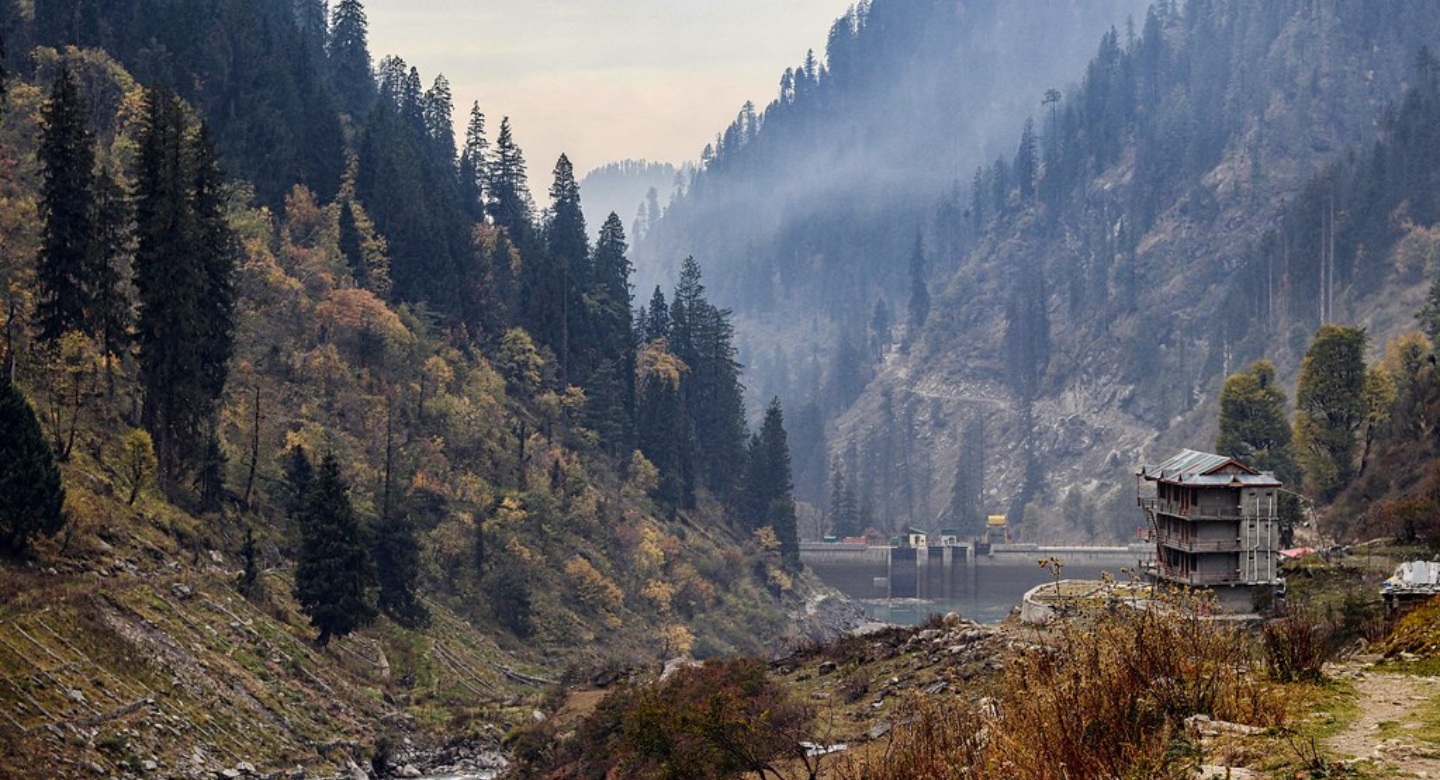
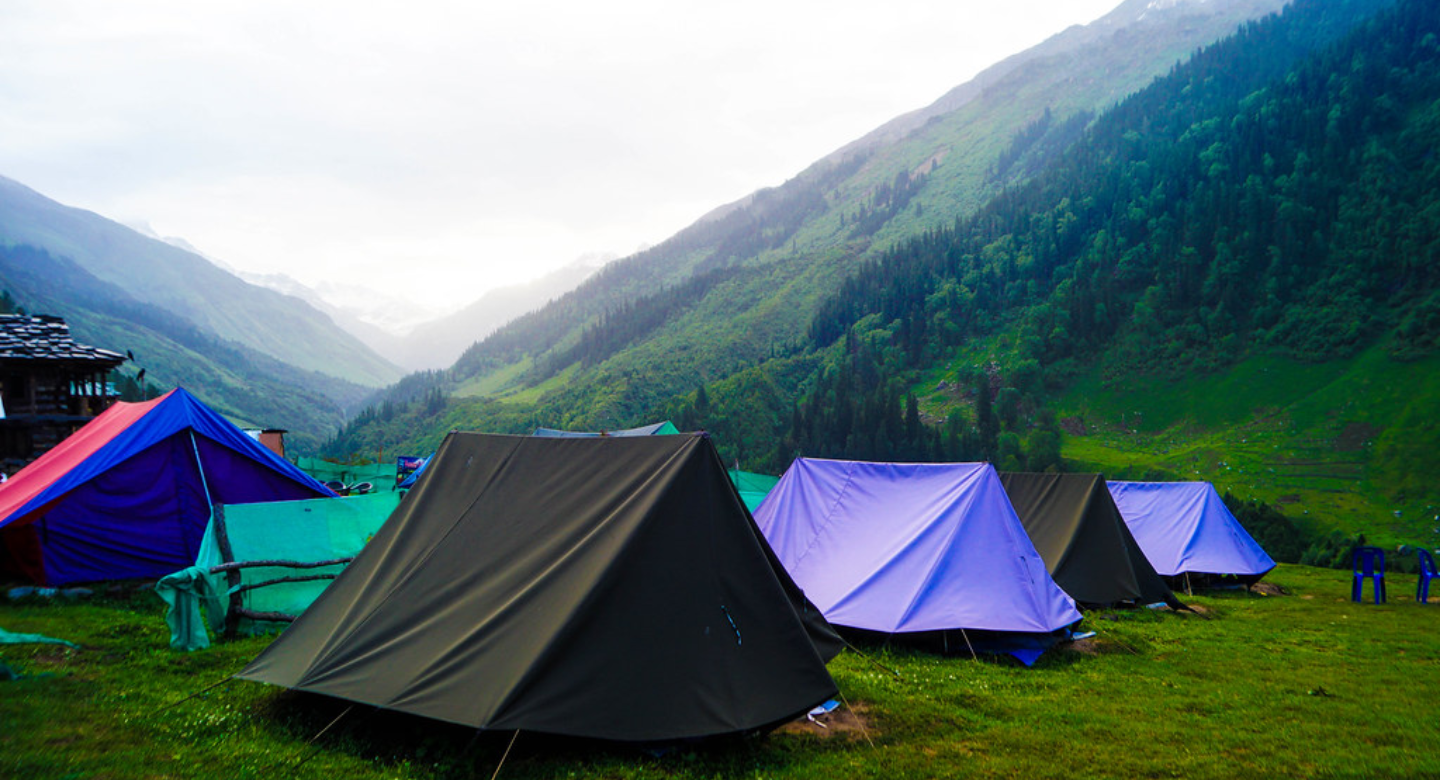
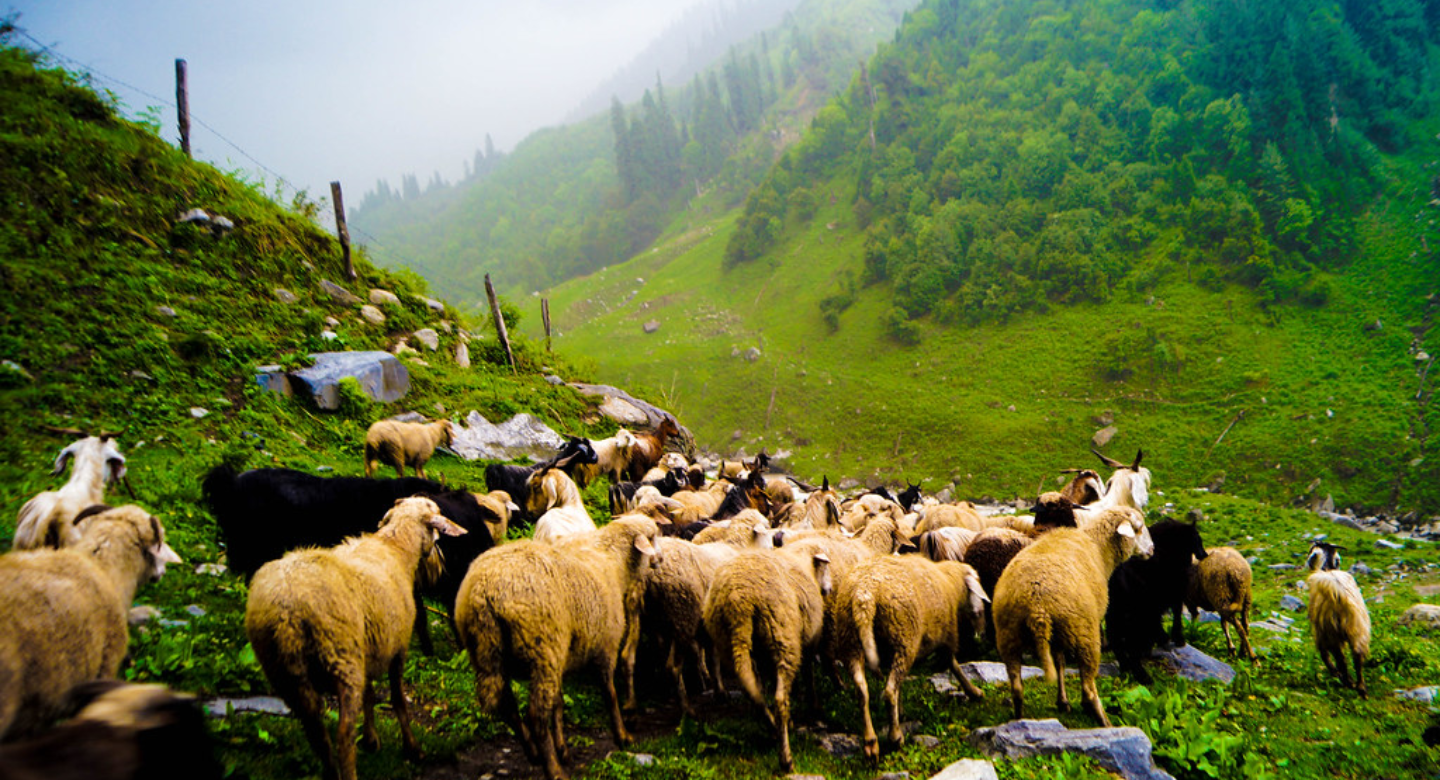
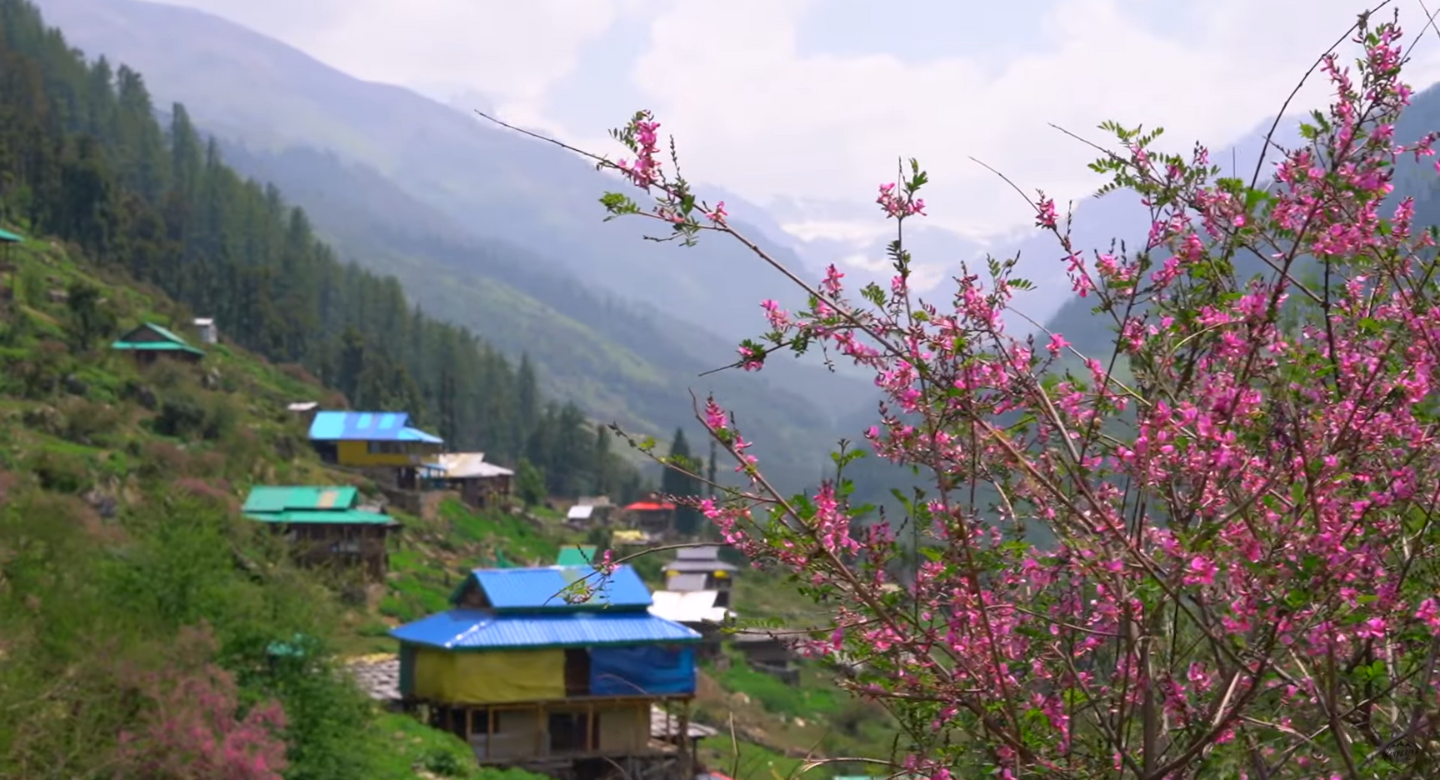
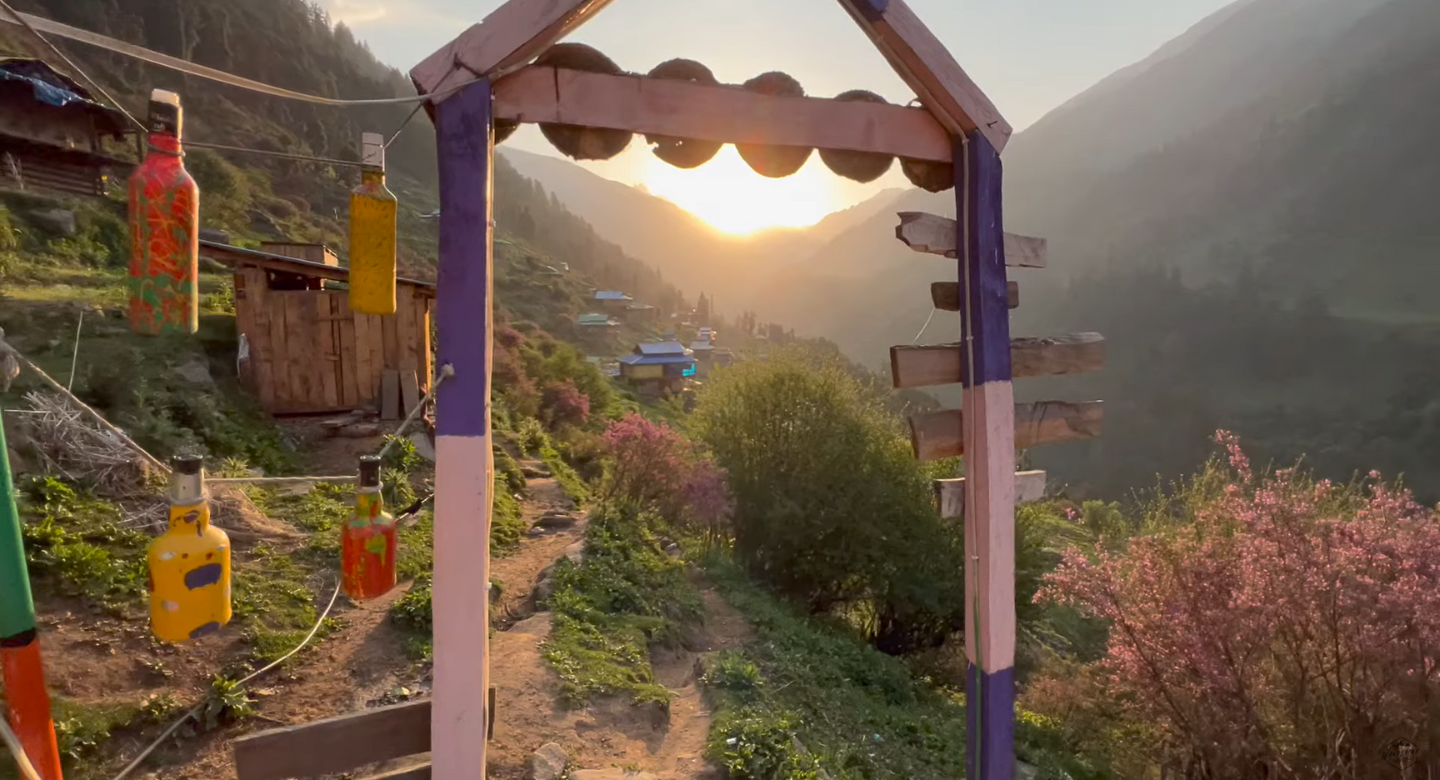
Highlights of Waichin Valley-
The highlights of Waichin Valley include:
- Natural Beauty: Waichin Valley highlights amazing scenery with reaching mountains, thick vegetation, and flowing waterfalls. There are chances for hiking, camping, and shooting nature in the perfect atmosphere.
- Trekking Trails: Numerous hiking routes can be found in the valley, such as the Kheerganga trail, which offers breathtaking views of the Himalayas and natural hot springs. The treks to the villages of Tosh, Malana, and Rasol are among the other popular ones.
- Spiritual Retreats: Waichin Valley is well known for its meditative atmosphere, with many ashrams, yoga retreats, and meditation centres tucked away in the tranquil surroundings. Yoga sessions, meditation courses, and spiritual workshops are available to visitors.
- Cultural Encounters: Native American tribes like the Kinnauris and Gaddis live in the valley, providing tourists with an insight into their customs. Visitors can engage in conversation with residents, experience traditional Himachali food, and discover the rich heritage of the area.
- Temples and Sacred Sites: The Waichin Nag Temple, devoted to the serpent deity Nag Devta, is one of the numerous temples and holy locations lining Waichin Valley. For the local communities, these locations are religiously significant, and pilgrims visit them all year long.
- Adventure Activities: Waichin Valley offers extreme adventures like cliff jumping, rappelling, and river rafting in the nearby Parvati River in addition to trekking.
Waichin Valley is a must-visit location for tourists looking for a realistic Himalayan experience because it provides the ideal combination of scenery, spiritual solitude, and cultural diversity.
Where is Waichin Valley?
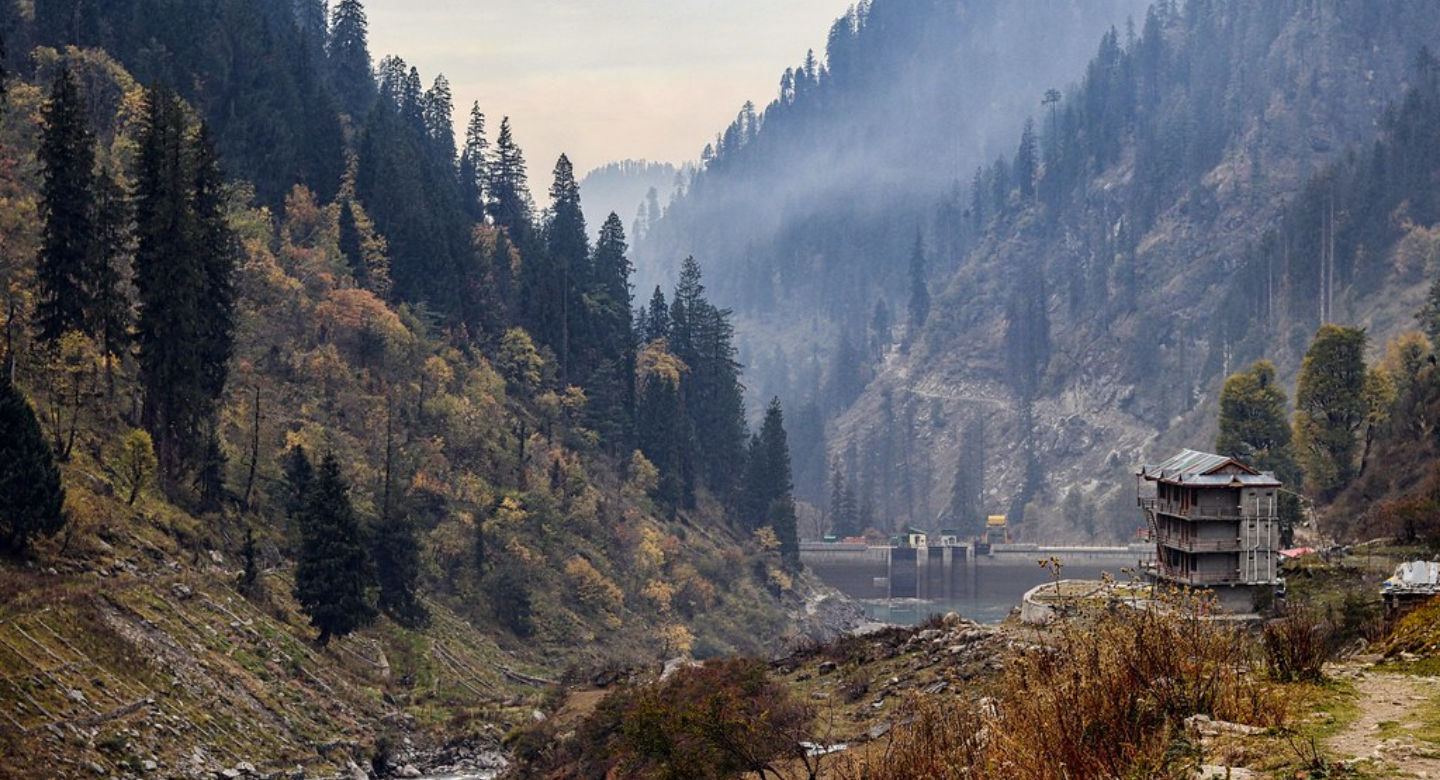
Waichin Valley lies within the beautiful Parvati Valley, which is part of the Indian state of Himachal Pradesh. It is located in the western Himalayas, close to the town of Kasol, and provides breathtaking views of mountains covered in snow, lush forests, and sparkling streams. The serene atmosphere and the natural beauty of Waichin Valley are reachable by hiking trails from Kasol and nearby villages, attracting tourists. The valley is well known for its spiritual significance, and among its peaceful surroundings are many meditation centres and yoga retreats. Waichin Valley is also a paradise for adventure seekers, providing chances for hiking, camping, and discovering undiscovered paths. Conversations with indigenous groups like the Kinnauris and the Gaddis demonstrate its cultural diversity and offer visitors an insight into traditional Himalayan life. With its blend of breathtaking landscapes, spiritual serenity, and cultural immersion, Waichin Valley beckons travellers seeking an authentic Himalayan experience.
Best Season/ Time to go on a Waichin Valley:
Waichin Valley is best visited in the early stages of autumn, from September to November, and during the summer, from March to June. These months have nice weather with moderate temperatures, which is perfect for adventure sports like hiking, camping, and discovering the valley’s natural beauty. With usual clear skies, one can enjoy incredible views of the encircling Himalayan peaks and lush valleys.
The summertime brings pleasant temperatures between 15°C and 25°C, making trekking and other outdoor activities enjoyable. The valley’s scenic appeal is enhanced by the arrival of vibrant plants and lower temperatures in the early autumn season.
It’s vital to remember that Waichin Valley receives a lot of rain from July to August during the monsoon season, which can make the trekking trails slick and less pleasant. In addition, the winter months of December through February bring snowfall and chilly temperatures that complicate access to the valley and restrict outdoor activities.
How to Reach Waichin Valley –
By Air –
To reach Waichin Valley by air, you’ll need to fly to Kullu-Manali Airport (also known as Bhuntar Airport) in Himachal Pradesh, India. This airport is served by some domestic airlines that fly from major cities like Chandigarh, Mumbai, and Delhi.
Once at the airport, visitors can either take a bus or hire a cab to go to Waichin Valley, which is about 50 kilometres away. Based on the mode of conveyance and the fragility of the roads, the trip from the airport to Waichin Valley typically takes two to three hours by car.
It’s best to check the weather before you travel because the area gets a lot of snowfall in the winter, which could make the roads less accessible. Additionally, it’s recommended to book accommodations in advance, as Waichin Valley is a popular destination among trekkers and nature enthusiasts.
By Train-
The nearest railway station is Joginder Nagar Railway Station in Himachal Pradesh, India, and it is necessary to go there before taking a train to Waichin Valley. Waichin Valley can then be reached by bus or taxi from that location. It’s crucial to remember that Joginder Nagar Railway Station is a small station with poor connections to larger cities.
Another option is to go to one of the more significant railway stations, Chandigarh Railway Station or Pathankot Railway Station, and then continue your trip to Waichin Valley by road, either by bus or taxi. It will take several hours to travel by road from Chandigarh or Pathankot to Waichin Valley, so allow enough time for your trip.
By Bus-
To get to Waichin Valley by bus, you must first go to Bhuntar, an Indian town in the state of Himachal Pradesh. Bhuntar has excellent bus service from several nearby cities. You can take a bus from Bhuntar to Manikaran or Kasol, two well-liked locations close to Waichin Valley.
Local buses and shared taxis run from the city to the Waichin Valley once you arrive in Manikaran or Kasol. As a substitute, you can take a direct private taxi to Waichin Valley from Bhuntar or Manikaran/Kasol. Depending on the route and the state of the roads, a bus trip from Bhuntar to Waichin Valley could take three to four hours. It is advisable to confirm bus availability and schedules ahead of time, particularly during the busiest travel seasons.
Itinerary of Waichin Valley-
Day 1: Arrival in Bhuntar
- Arrive at Bhuntar, the nearest town with transportation access to Waichin Valley.
- Check into your accommodation in Bhuntar.
- Rest and explore Bhuntar town, visit local markets, and enjoy a meal at a local restaurant.
Day 2: Travel to Waichin Valley
- Take a bus or hire a taxi from Bhuntar to Kasol, a picturesque village near Waichin Valley.
- Explore Kasol, known for its scenic beauty and vibrant culture.
- Continue your journey to Waichin Valley by taking a local bus or hiring a taxi.
- Arrive at Waichin Valley and check into your accommodation.
- Spend the evening relaxing and enjoying the serene surroundings of Waichin Valley.
Day 3: Explore Waichin Valley
- Start your day with a leisurely hike around Waichin Valley, taking in the breathtaking views of the surrounding mountains and lush forests.
- Visit the nearby hot springs for a rejuvenating soak amidst nature.
- Explore the local villages and interact with the friendly villagers to learn about their way of life and culture.
- Enjoy a picnic lunch by the riverside or amidst the picturesque meadows.
- In the evening, gather around a bonfire with fellow travellers and locals, sharing stories and experiences.
Day 4: Return Journey
- After breakfast, bid farewell to Waichin Valley and start your journey back to Bhuntar.
- Stop at Kasol on the way back to explore any sights you may have missed.
- Catch a bus or hire a taxi from Kasol to Bhuntar.
- Depending on your onward travel plans, either spend the night in Bhuntar or proceed to your next destination.
- This itinerary provides a balance of exploration and relaxation, allowing you to immerse yourself in the natural beauty and tranquillity of Waichin Valley while also experiencing the local culture and hospitality. Feel free to adjust the itinerary based on your preferences and the duration of your stay.
Frequently asked questions about Waichin Valley-
What is Waichin Valley known for?
Waichin Valley is renowned for its pristine natural beauty, serene atmosphere, and vibrant flora and fauna. It’s a popular destination among trekkers, nature enthusiasts, and spiritual seekers.
How do I reach Waichin Valley from Bhuntar?
You can reach Waichin Valley from Bhuntar by taking a bus or hiring a taxi to Kasol, and then continuing the journey to Waichin Valley by local bus or taxi.
What are the popular activities to do in Waichin Valley?
Popular activities in Waichin Valley include trekking, hiking, camping, birdwatching, exploring nearby villages, visiting hot springs, and enjoying the tranquillity of nature.
Is Waichin Valley accessible throughout the year?
Waichin Valley is accessible during the summer and autumn months (April to October). However, access may be limited during the winter months due to heavy snowfall and road closures.
Are there any accommodations available in Waichin Valley?
Yes, there are accommodations available in Waichin Valley ranging from guesthouses and homestays to campsites. It’s advisable to book in advance, especially during peak tourist seasons.
Are there any medical facilities available in Waichin Valley?
Medical facilities in Waichin Valley are limited. It’s recommended to carry essential medications and first aid supplies. The nearest medical facilities are located in Bhuntar and Kasol.
What should I pack for a trip to Waichin Valley?
Essential items to pack include warm clothing, trekking gear, sturdy shoes, sunscreen, insect repellent, portable charger, flashlight, water bottle, and snacks
Is there mobile network coverage in Waichin Valley?
Mobile network coverage in Waichin Valley is limited and unreliable. It’s advisable to inform family and friends beforehand and to carry a local SIM card from Bhuntar or Kasol if necessary.
Are there any restrictions or guidelines for visiting Waichin Valley?
Visitors are encouraged to respect the local culture and environment. It’s advisable to follow designated trails, avoid littering, and seek permission before camping in certain areas.
What is the weather like in Waichin Valley?
The weather in Waichin Valley varies depending on the season. Summers are mild and pleasant, while winters are cold with heavy snowfall. It’s advisable to check the weather forecast before planning your trip.

